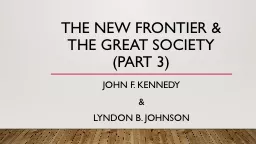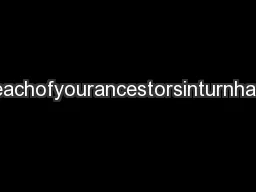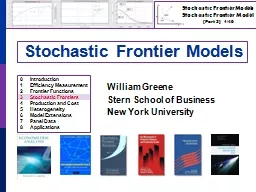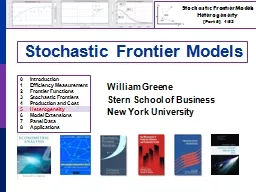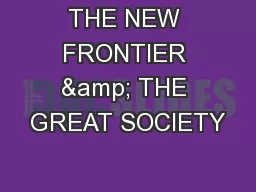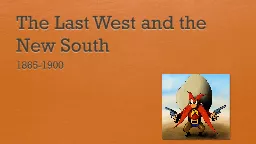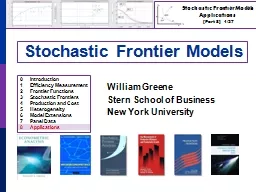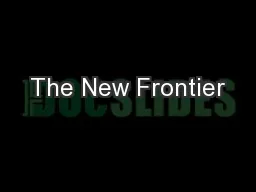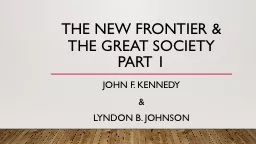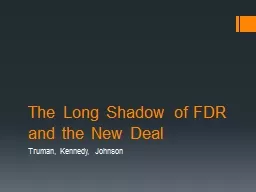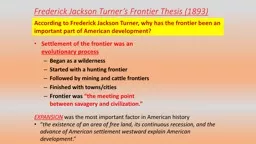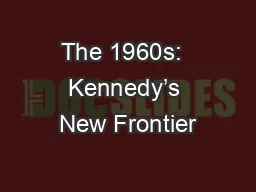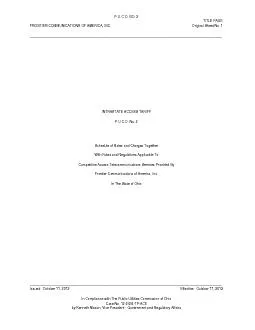PPT-The New Frontier & The Great society (Part
Author : cheryl-pisano | Published Date : 2017-10-20
John F Kennedy amp Lyndon B Johnson The Promise of Progress Kennedys Vision of Progress New Frontier policies of the Kennedy administration JFK faces the same
Presentation Embed Code
Download Presentation
Download Presentation The PPT/PDF document "The New Frontier & The Great society..." is the property of its rightful owner. Permission is granted to download and print the materials on this website for personal, non-commercial use only, and to display it on your personal computer provided you do not modify the materials and that you retain all copyright notices contained in the materials. By downloading content from our website, you accept the terms of this agreement.
The New Frontier & The Great society (Part: Transcript
Download Rules Of Document
"The New Frontier & The Great society (Part"The content belongs to its owner. You may download and print it for personal use, without modification, and keep all copyright notices. By downloading, you agree to these terms.
Related Documents

